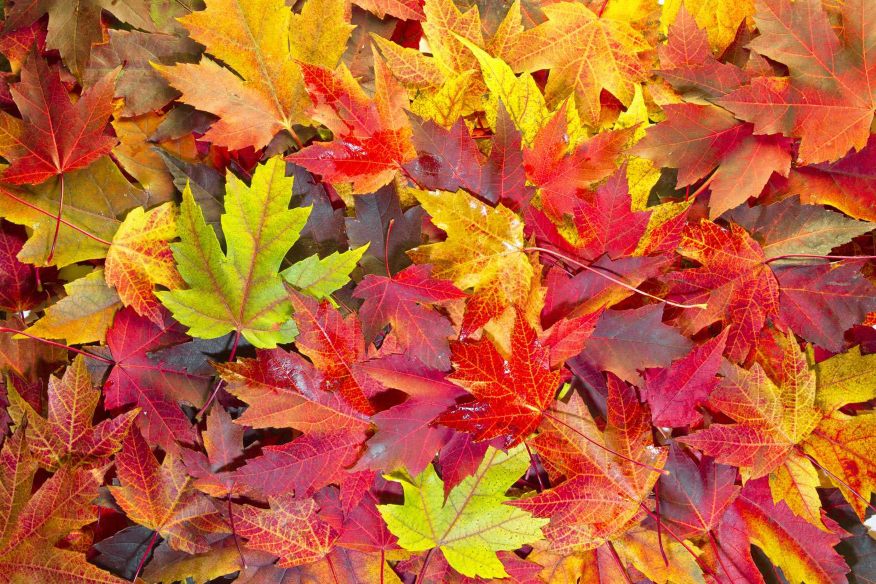September 9, 2023 – Late September-early October is the ideal time for planting cool season annual forages such as annual ryegrass, small grains (rye, wheat or oats) and/or cool season annual legumes. Anytime we are incorporating new forages into our production systems it is important to make sure to match the forage species to your location (soil type, average annual rainfall, intended use, etc). Three methods for establishing cool-season annual grasses include planting into a prepared seedbed, the light disking method and over-seeding or sod-seeding into undisturbed soil.
Over-seeding warm-season perennial grasses with cool-season legumes offers several benefits: Grazing can begin 4 to 6 weeks earlier grazing in the spring, which reduces the winter feeding period. Legumes typically have higher nutritive value than do most grasses. Legumes fix nitrogen from the atmosphere and make it available to the pasture system. A good stand of legumes can help control spring weeds by competing for space, water, sunlight and nutrients.
There are three methods for establishing cool-season annual grasses include planting into a prepared seedbed, the light disking method and overseeding or sodseeding into undisturbed soil. Planting annual grasses into a prepared seedbed involves destroying the existing vegetation by disking and then rolling (packing) the ground to provide a firm surface for planting and moisture retention. Plant cool-season grasses into prepared seedbeds from mid-September to early October. It is best to plant just before rainfall is expected. For best results, have the soil tested to assess the need for limestone, nitrogen, phosphorus, potassium, or other nutrients. Phosphorus and/or potash fertilizer can be applied before or at time of planting. Nitrogen fertilizer is usually split-applied, and depending on soil test recommendations, may require one to three split applications at 50 to 60 pounds of nitrogen per acre. Delay initial nitrogen application until after the grass emerges.
The light disking method is for use on bermudagrass and bahiagrass stands and involves grazing, harvesting, or mowing the pasture to less than 4 inches tall, then turning the soil 1 to 2 inches deep. This reduces competition from the warm-season grass and provides loose soil to cover seed. For this method plant cool-season annual grasses 4 to 6 weeks before the average first killing frost, which usually occurs in November. Plant seed with a drill or broadcast then use some type of pasture drag to cover seed. Apply phosphorus and potash according to soil test recommendations. These may be applied at or before planting time, or 2 to 3 weeks after the grass emerges. Delay initial application of nitrogen fertilizer until after the cool-season grass is established and cool temperatures have reduced warm-season grass growth. The need for nitrogen fertilization will depend on the soil test and may be split into one to three applications of 50 to 60 pounds of nitrogen per acre.
Overseeding or sodseeding into undisturbed sod requires only that warm-season grass be grazed, harvested or mowed to less than 4 inches high. Broad-casting onto an undisturbed sod is usually limited to annual ryegrass and small seeded clovers such as ball or white clover. Use a sod seeder (no-till drill) or a fertilizer truck if planting small grain. If broadcasting cool-season grasses, increase the seeding rates 25 to 30 percent. The planting date for overseeding/sodding is several weeks later than other methods to reduce competition from warm-season grasses.
Do not apply nitrogen fertilizer until after the cool-season grass is established and lower temperatures have reduced warm-season grass growth. Nitrogen fertilization may be split into one to three applications of 50 to 60 pounds of nitrogen per acre. Apply phosphorus and potash fertilizer according to soil test recommendations. Cool-season annual grasses are best for young growing animals such as stocker calves, replacement heifers, first calf heifers and creep grazing fall calves.
For fall calving cows, limit grazing to 2 hours per day or 4 hours every other day during fall and winter as a protein and energy supplement. As growth rate increases in early spring, increase the number of hours per day on pasture. Can be used for fall or winter calving cows. Should not use for dry, mature cows due to its high production cost.
For more information on this or any other agricultural topic please contact the Hopkins County Extension Office at 903-885-3443 or email me at [email protected].






